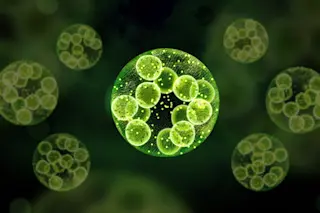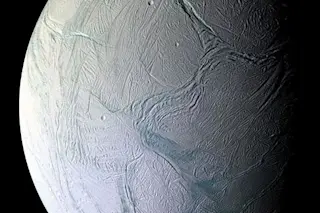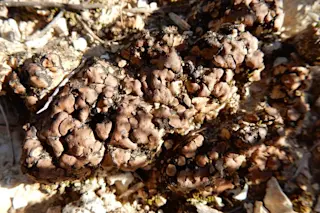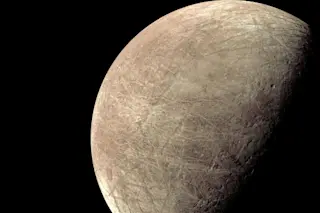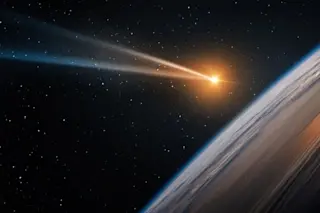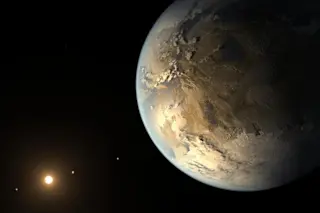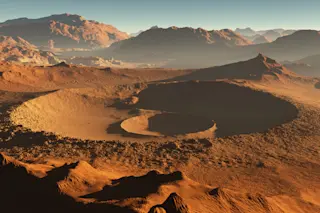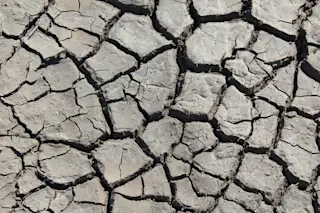Our nearest astronomical neighbor is Proxima Centauri, a tiny red dwarf star some 4.25 light years from here. In recent years, Proxima has become the focus of huge attention. In 2016, astronomers discovered it hosted an Earth-sized exoplanet in the habitable zone where conditions should be ripe for liquid water.
Then last year, astronomers spotted an unusual radio signal that appeared to be coming from that part of sky. The most likely source of the signal is radio interference on Earth but various astronomers have discussed the possibility that it could be a technosignature from a Proxima Centauri civilization.
All this excitement masks a much more basic and obvious question, which is whether a red dwarf could host life at all, given that the light it produces is much cooler, dimmer and redder than the light that supports life on Earth.
Now we get an answer of sorts thanks to ...


